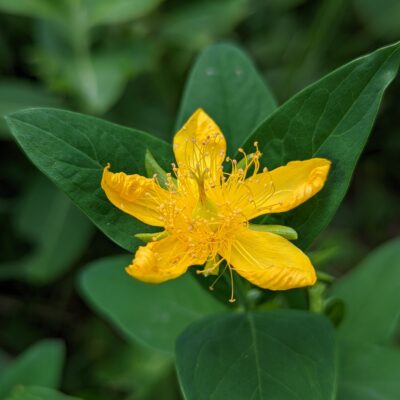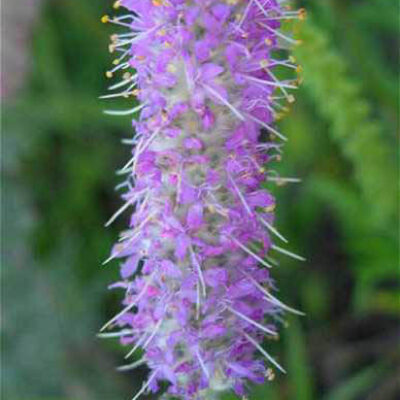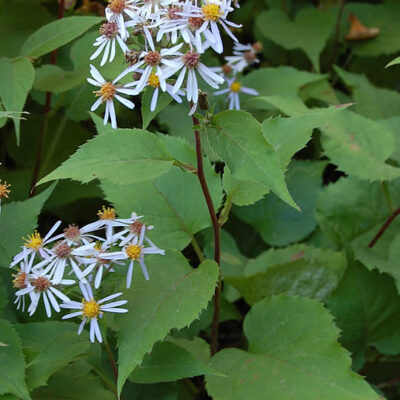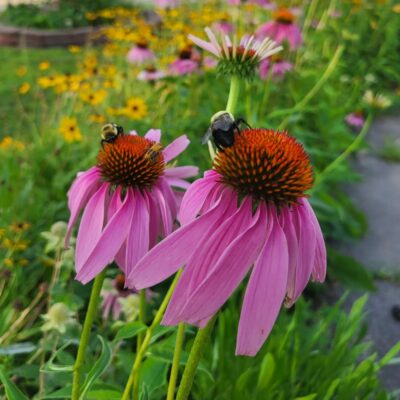Search Results
Searched for: august
Great St. Johnswort
Silky Prairie CloverDalea villosa
Large Leaved AsterEurybia macrophylla
Reflecting on the Year: “Bee-ing” the Change in 2023
Our community is what makes the work of planting for pollinators and clean water happen. As we wrap up the year, we’re feeling grateful for everyone who’s been involved with… Read More →
U of M Arboretum expands base in Chanhassen by 78 acres
Tom Meersman, Star Tribune The University of Minnesota facility’s $4.3 million purchase includes ‘spectacular’ native forest, shoreline and wetlands. The University of Minnesota Landscape Arboretum in Chanhassen has sprouted… Read More →




